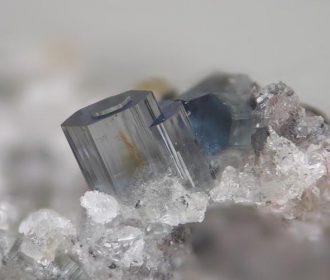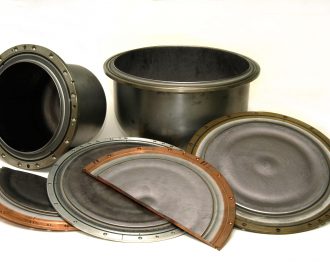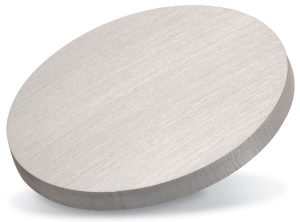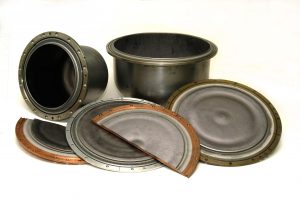Tantalum appears in many applications, including
– Sputtering barrels: Computer disk manufacturers and other industries that use sputtering processes are increasingly using tantalum to resist corrosion in sputtering barrels. The tantalum lining process is more environmentally friendly than chromium lining, helping the industry reduce its ecological impact.

– Machined fasteners: Machined fasteners made from tantalum offer excellent corrosion resistance. They replace fasteners made from alternative materials that are prone to failure or require expensive equipment downtime for maintenance. Tantalum fasteners are found in industries such as mining, energy, and pharmaceuticals, as well as in metal and chemical processing.
– X-ray/radiation shielding: Tantalum’s radiopaque properties make it ideal for X-ray and shielding applications that seek to prevent radiation leakage. Tantalum shielding can also protect sensitive electronic components in aerospace structures as well as components operating in corrosive environments.
– Vacuum furnace heating elements: Many vacuum furnace components contain tantalum rods due to tantalum’s oxidation resistance and high melting point. Tantalum’s temperature particle stability increases the life expectancy of the machine, as it can withstand high temperatures for extended periods of time.
– Machined parts for chemical processing equipment: Tantalum’s corrosion-resistant properties make it the material of choice for machined parts for chemical processing equipment. Tantalum machined parts replace inferior materials that perform poorly in harsh chemical environments and require extensive maintenance.
The uses of tantalum
– 1: Tantalum carbide, used for cutting tools
– 2: Tantalum lithium, for surface acoustic waves, cell phone filters, hi-fi, and TV
– 3: Tantalum oxide, used in telescopes, cameras, lenses for cell phones and X-ray films, inkjet printers
– 4: Tantalum powder, used for tantalum capacitors in electronic circuits
– 5: Tantalum plate, used in chemical reaction equipment such as coating, valves, etc.
– 6: Tantalum wire, tantalum rod, used for repairing skeleton plates, suture frames, etc.
– 7: Tantalum ingots: used for sputtering targets, high-temperature alloys, computer hardware drive discs, and TOW-2 bomb-forming projectiles
Together with tungsten carbide WC and titanium carbide TIC, tantalum carbide TAC is a cemented carbide component used in cutting and drilling tools.
Tantalum is particularly suitable for heat exchangers; it has high thermal conductivity and its surface properties prevent the formation of adhesive deposits.
Manufacture of furnace components such as screens, supports, and crucibles. The alloying elements in high-temperature alloys increase high-temperature strength. It is biologically inert and can be used for implants, needles, etc. Yttrium tantalate YTAO4 is used in medical diagnostics.
SAM offers our customers a wide selection of tantalum rods, tubes, sheets, and wires, all designed for a variety of applications. Our products are cold rolled and annealed in a proprietary process to create machined parts with metallurgical properties ideal for applications such as sputtering gun tubes, processing into fasteners, X-ray radiation shielding, development rings, vacuum furnace heating elements, chlorinator springs, assemblies, and more for light bulbs or chemical processing equipment.




Recent Comments